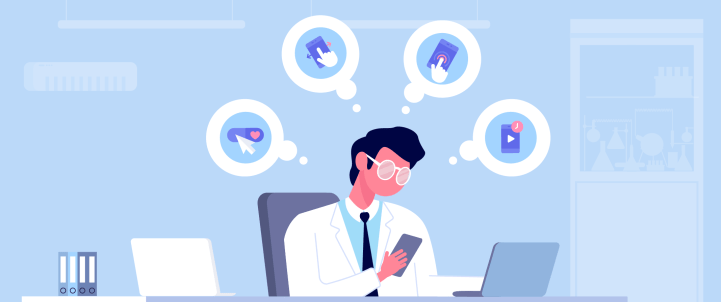In session two of our Reimagine Growth webinar series, Abhishek Patil, CoFounder of GrowthX, took us through an overview of how to think about engagement metrics in a way that will lead to better retention. He led an interactive session with frequent examples using Tinder and other top apps, showing us what engagement metrics marketers should be looking for and showcasing solid strategies on engaging customers without annoying them.
Below, we present the ideas he laid out in his session.
What is an Engagement Metric?
Growth is basically measured in four broad stages: you acquire users, onboard them, engage them, and they either churn or are retained.
What you have to look for is the right customer engagement metric. Let’s look at Tinder for an example.
What is the right engagement metric for Tinder? Session frequency? Number of matches? It really boils down to swiping right or left.
If you ask what the user’s objective is in using Tinder, the answer would have to be: to find and get matched with someone, perhaps go on a date with that match. But to do any of that, they have to start swiping.
So that engagement metric is really: what does the user want to do with your product?
On the flip side, what would be a retention metric for Tinder? It could be many things: that they sign up for premium services, that they keep using the app, and so on. In short: it’s the core action the brand wants the user to take to monetize.
What this all boils down to is: an engagement metric indicates what users want to do on your app. A retention metric indicates what core action the brand wants users to complete in order to make money.
Getting to the Slope of Enlightenment
Every user journey follows the same basic pattern: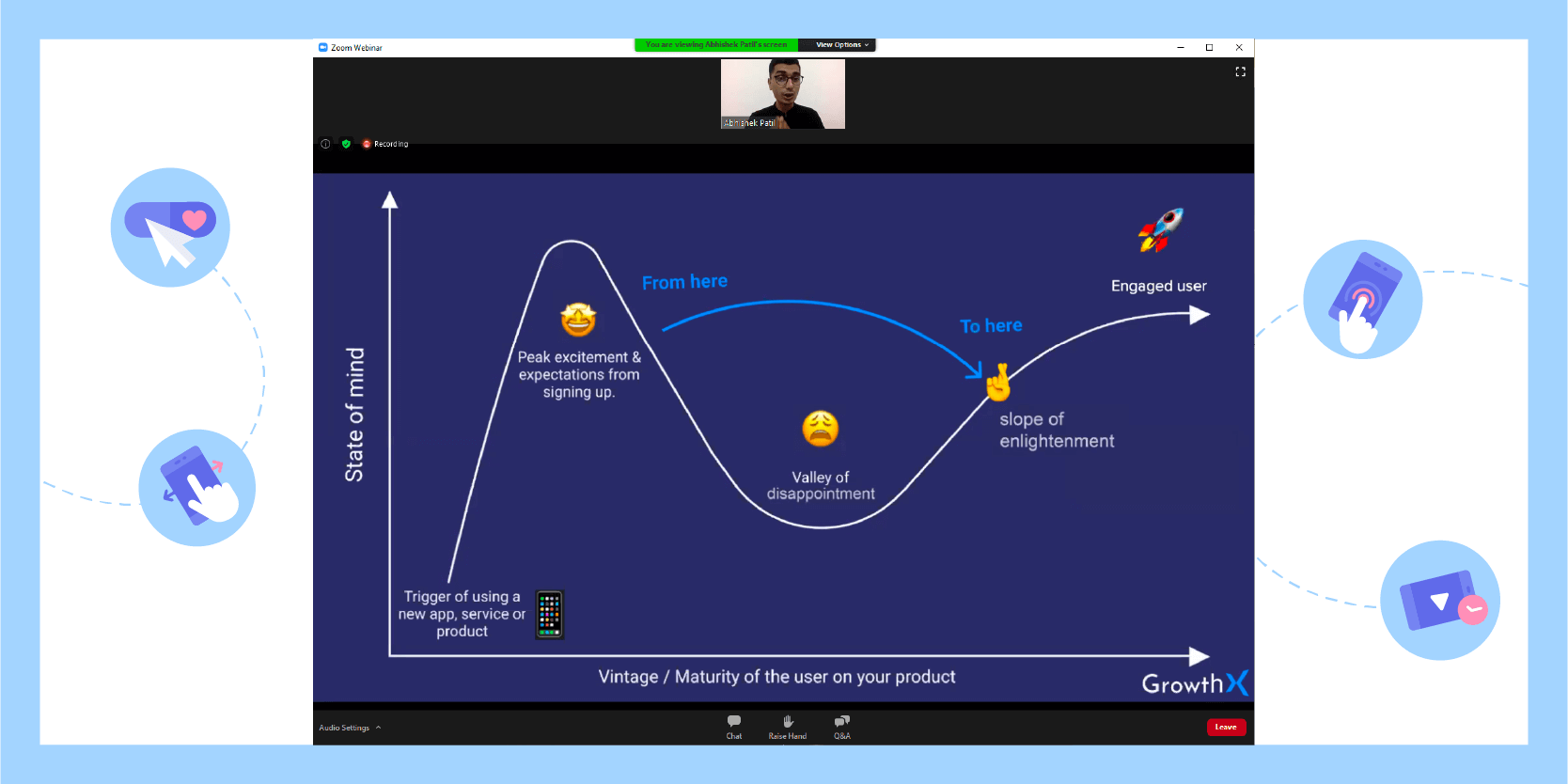
They receive a trigger prompting them to sign up for a new app, service, or product. They reach Peak Excitement where they have a lot of expectations regarding your app. But then they either end up in:
- The Valley of Disappointment, because they fail to see the value of your app, or
- The Slope of Enlightenment, where they experience the AHA moment and immediately see how your app helps them.
A good engagement engine should take the user from Peak Excitement to Slope of Enlightenment in order to engage and retain the user.
But your engagement campaigns have to strike the right balance between what users want to do on your app with what actions will eventually lead to better monetization and retention. Ideally, these are both aligned so the engagement metric (what they want to do) is also your retention metric (what you want them to do). But there may sometimes be a difference between what users feel is important to them, and what your brand sees as the most important path to monetization. In any case, your user engagement campaigns should bridge the gap between both.
And you need to be aware of natural frequency.
Natural Frequency: You’ve Got 30 Days
If you start listing the apps you use on a daily and weekly basis, you’ll probably have no problem coming up with names: Gmail, Facebook, YouTube, fitness trackers, note takers, to do lists, and so on.
But try listing the apps you use only once a month. Maybe banking and credit card apps? Utility provider apps?
How about apps or services you use only once a year? And how about once every 10 years? Or once in a lifetime? Maybe Redfin. Maybe a wedding planning app. Maybe an app to help you sell your car?
It will probably take longer to think of apps or services for those. Why?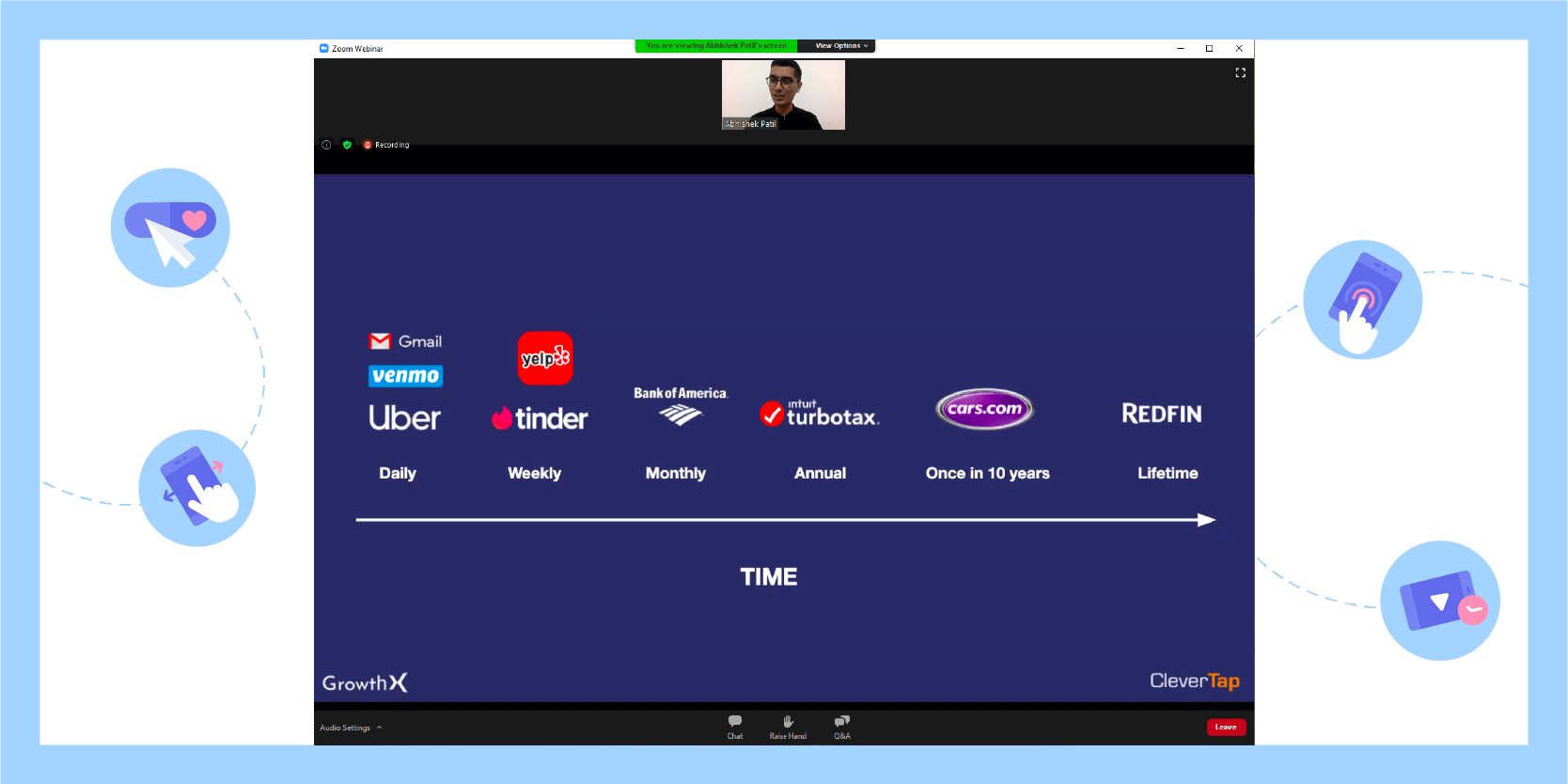
Because we tend to forget about things after 30 days.
People forget 50-80% of what they’ve learned after one day and 97-98% after a month.*
So whenever you create an engagement engine, your product should have a use case where it’s useful a few times in a month. If not, people will forget they even installed your app.
How do you do this?
- Identify your casual users vs. core users vs. power users. (Even better, let your AI figure it out for you.) If you can look at previous user behavior and identify which users will either churn or turn into lifelong customers/power users, then you can focus your marketing budgets more on those who are on the fence.
- Figure out what additional features you can launch in your app to increase the frequency of usage for each segment of users. For example: if you have a wedding planning app that is used by customers only once in a lifetime (ideally), you might try sending a yearly reminder on the wedding anniversary, congratulating the couple and maybe even showing some photos taken at the wedding.
Keep Them Engaged With New Triggers
Now, you’ve got to turn your app into a habit — get users to increase their usage of your app. And this means you’re constantly improving the app, adding more features and functionalities.
Every time the user launches a new feature, you need to once again bring them from Peak Excitement to the Slope of Enlightenment as quickly as possible.
And to do this, there must be a cycle that brings users to the new AHA moment.
Note that a previous AHA moment is quickly forgotten. Remember the first time you used Uber and marveled at how quickly your ride came? That was an AHA moment — when you figured out the true value of the app and how it could benefit your life. But those moments fade. You weren’t singing the praises of the technology by the 20th Uber ride, right?
So you create new hooks to entice users to come back — new features. And lead them to new AHA moments, and get them deeper into using your app. And this is what turns your app into a part of the user’s life.
How Tinder Hooks You
Let’s look at how Tinder does it.
You use it for the first time, you only get the swipe left or right buttons. But you keep going in one direction, and you get the rebound button so you can recall a past decision and change your mind.
If you keep using the app, you eventually get the superlike button and a spotlight button that shows you the top 3 members in a particular area.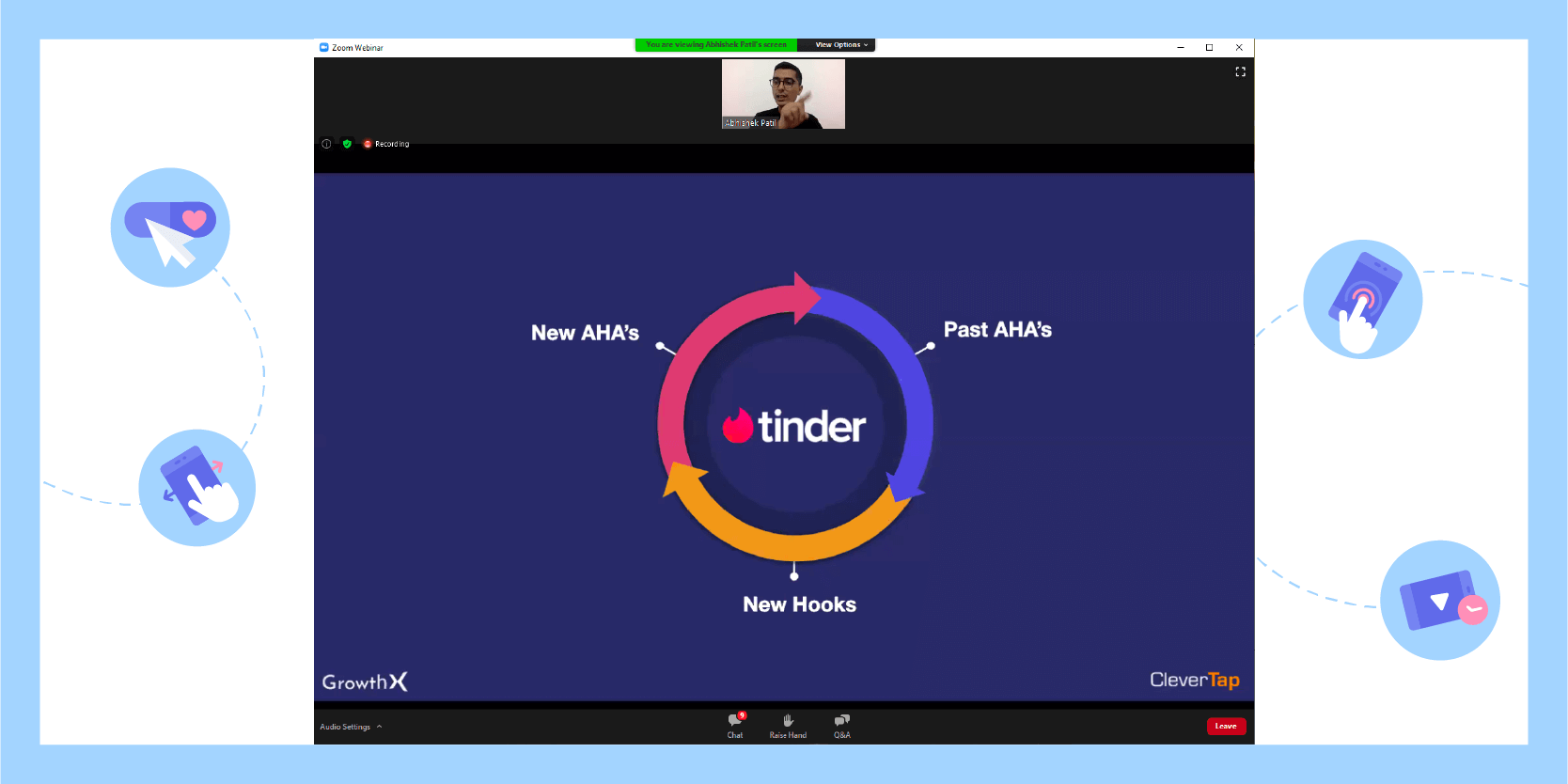
And then eventually you get a Swipe Night button that, like the Bandersnatch episode in the TV series Black Mirror, (or the Choose Your Own Adventure books of the 1980s) allows you to make decisions in a story, and eventually matches you with people who went down the same decision tree you did.
There’s always a new feature, always a new trigger to hook users back into using the app.
Don’t Be That One Annoying App
Watch out, though.
You don’t want to be that one app you seldom use but which keeps bothering you with messages every week, sometimes every day. And often with no relevance to what you need.
Sure, you’ve got to engage with your app users. But not in a way that annoys your customers or provides them with no value.
Prime example: back in April, we were inundated with brands sending messages saying “We’re in this pandemic together.” Did that provide any real value to users?
You need to understand the context of the user. What do they need at any given moment? Send them communication that is relevant to their needs and desires.
How do you benchmark for being an annoying app?
- Check your app store reviews. If you have 10 people writing that your app is “too annoying” with its notifications or alerts, then you can be sure for every 1 user complaining, there are a hundred people who didn’t leave a review but felt the same way.
- Have random calls with users who have been sent a lot of communications. Bucket them into two segments:
a. Those who did come back and keep using your app, and
b. Those who didn’t come back.
Ask each segment what went wrong and try to understand them. Remember that at the other end of the app is a real human being. Have a real conversation with them as a human, not just an anonymous user and don’t just look at CTR dashboards all day.
About the Speaker
Abhishek Patil has worked and hired for growth teams across organizations of different sizes and products, ranging from his own startup to ad-agency experience at Merkle. He’s led user growth at Dunzo, where he took the growth metric from ~100k monthly orders to ~2 million monthly orders in under 15 months.
Learn More About Engagement
To learn more about engagement, download our complete guide below for resources that will help you build delightful customer experiences that never annoy your users.
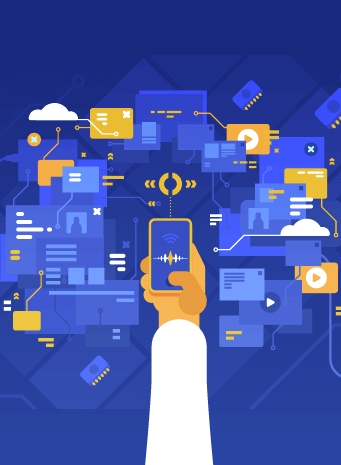
A Complete Guide to User Engagement
Shivkumar M 
Head Product Launches, Adoption, & Evangelism.Expert in cross channel marketing strategies & platforms.
Free Customer Engagement Guides
Join our newsletter for actionable tips and proven strategies to grow your business and engage your customers.















































